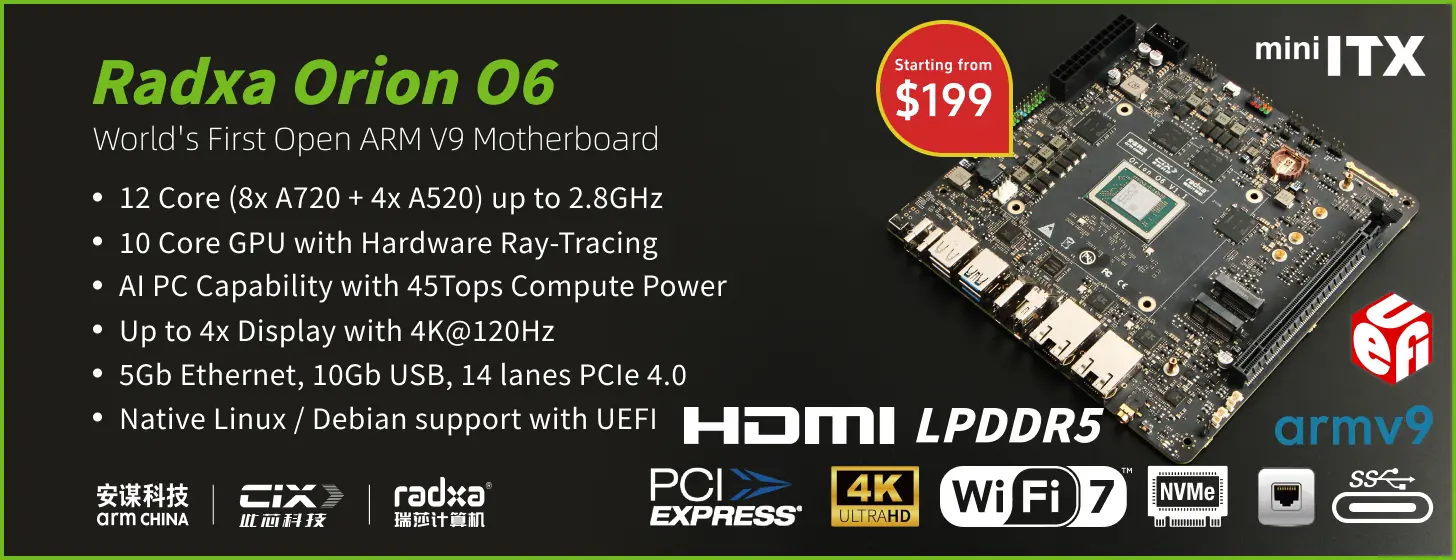HomeKit is a software framework that allows Apple users to control smart devices with their iPhone or iPad. But so far, you had to become an MFI licensee to design a HomeKit compatible device, you product had to be tested by Apple, and – according to a story on Hackster.io – also required a special cryptographic chip for authentication. Developers creating commercial devices still need to become an MFI license, but Apple has now opened HomeKit Accessory Protocol Specification for non-commercial projects, meaning you can now use the Framework on Arduino, ESP8266 boards, Raspberry Pi, and other development boards using software authentication.
 You could already use HomeKit on Raspberry Pi board previously using HomeBridge, but the advantage now is that you don’t need to breach Apple’s terms and conditions, and you can talk directly to your phone without the need for a bridge.
You could already use HomeKit on Raspberry Pi board previously using HomeBridge, but the advantage now is that you don’t need to breach Apple’s terms and conditions, and you can talk directly to your phone without the need for a bridge.
If you want the specifications got to HomeKit’s developer page, click on “HomeKit Accessory Protocol Specification”, login with your Apple ID, and download the specs after the following disclaimer and agreeing with a license agreement:
HomeKit Accessory Protocol Specification
(Non-Commercial Version)
This document describes how to create HomeKit accessories that communicate with Apple products using the HomeKit Accessory Protocol for non-commercial purposes.
Companies that intend to develop or manufacture a HomeKit-enabled accessory that will be distributed or sold must be enrolled in the MFi Program.
Continue to License agreement.
Thanks to Harley for the tip.

Jean-Luc started CNX Software in 2010 as a part-time endeavor, before quitting his job as a software engineering manager, and starting to write daily news, and reviews full time later in 2011.
Support CNX Software! Donate via cryptocurrencies, become a Patron on Patreon, or purchase goods on Amazon or Aliexpress




